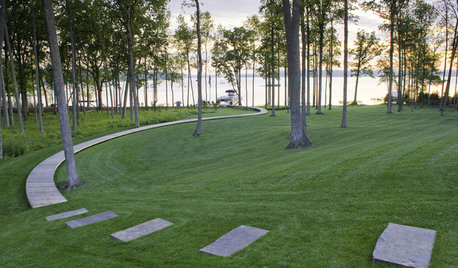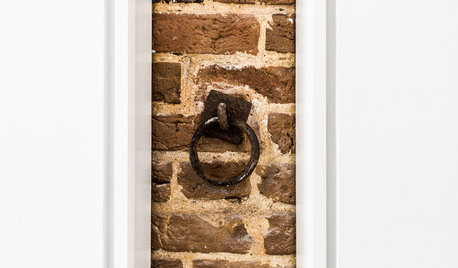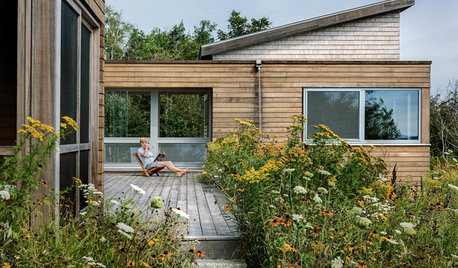My Observation. What Do You Think?
wanttogarden
12 years ago
Related Stories

ARCHITECTUREThink Like an Architect: Know Your Homesite for a Great Design
Learn how to approach a building site the way professionals do — considering everything in sight
Full Story
GARDENING GUIDESNew Ways to Think About All That Mulch in the Garden
Before you go making a mountain out of a mulch hill, learn the facts about what your plants and soil really want
Full Story
LIFEYou Said It: ‘The Birds Will Thank You’ and More Houzz Quotables
Design advice, inspiration and observations that struck a chord this week
Full Story
LIFEYou Said It: ‘Rather Than Remove Them, They Framed Them’
Design advice, inspiration and observations that struck a chord this week
Full Story
LIFEYou Said It: ‘Limit the Gifts’ and More Houzz Quotables
Design advice, inspiration and observations that struck a chord this week
Full Story
LIFEYou Said It: ‘Give the Kitchen a Little Wake-Up Call’ and More
Design advice, inspiration and observations that struck a chord this week
Full Story
GARDENING GUIDES3 Ways to Revel in Summer Garden Sweetness
Patiently observe what works and doesn’t work in your landscape
Full Story
GARDENING FOR BIRDSWhat to Know About Birds Nesting in Your Yard
Learn how to observe, record data and help ornithologists with NestWatch’s citizen science project understand bird trends
Full Story
LIFE10 Things Night Owls Know to Be True
Love being up while the world slumbers? Prefer a really late bedtime to an early night? These observations on night owl life may ring true
Full Story
DECORATING GUIDESYou Said It: 'Make It Easy on Yourself' and More Houzz Quotables
Design advice and observations that struck a chord this week
Full Story






seil zone 6b MI
roseseek
Related Professionals
South Orange Landscape Architects & Landscape Designers · Winder Landscape Architects & Landscape Designers · Canton Landscape Contractors · Berwyn Landscape Contractors · Broadlands Landscape Contractors · Columbine Landscape Contractors · Deer Park Landscape Contractors · Huntington Landscape Contractors · La Verne Landscape Contractors · Milford Landscape Contractors · Nanuet Landscape Contractors · Soddy Daisy Landscape Contractors · Streamwood Landscape Contractors · Whittier Landscape Contractors · Sun Valley Landscape Contractorsstlgal
wanttogardenOriginal Author
User
michaelg
wanttogardenOriginal Author
rosefolly
michaelg
melissa_thefarm
iowa_jade
ingrid_vc so. CA zone 9